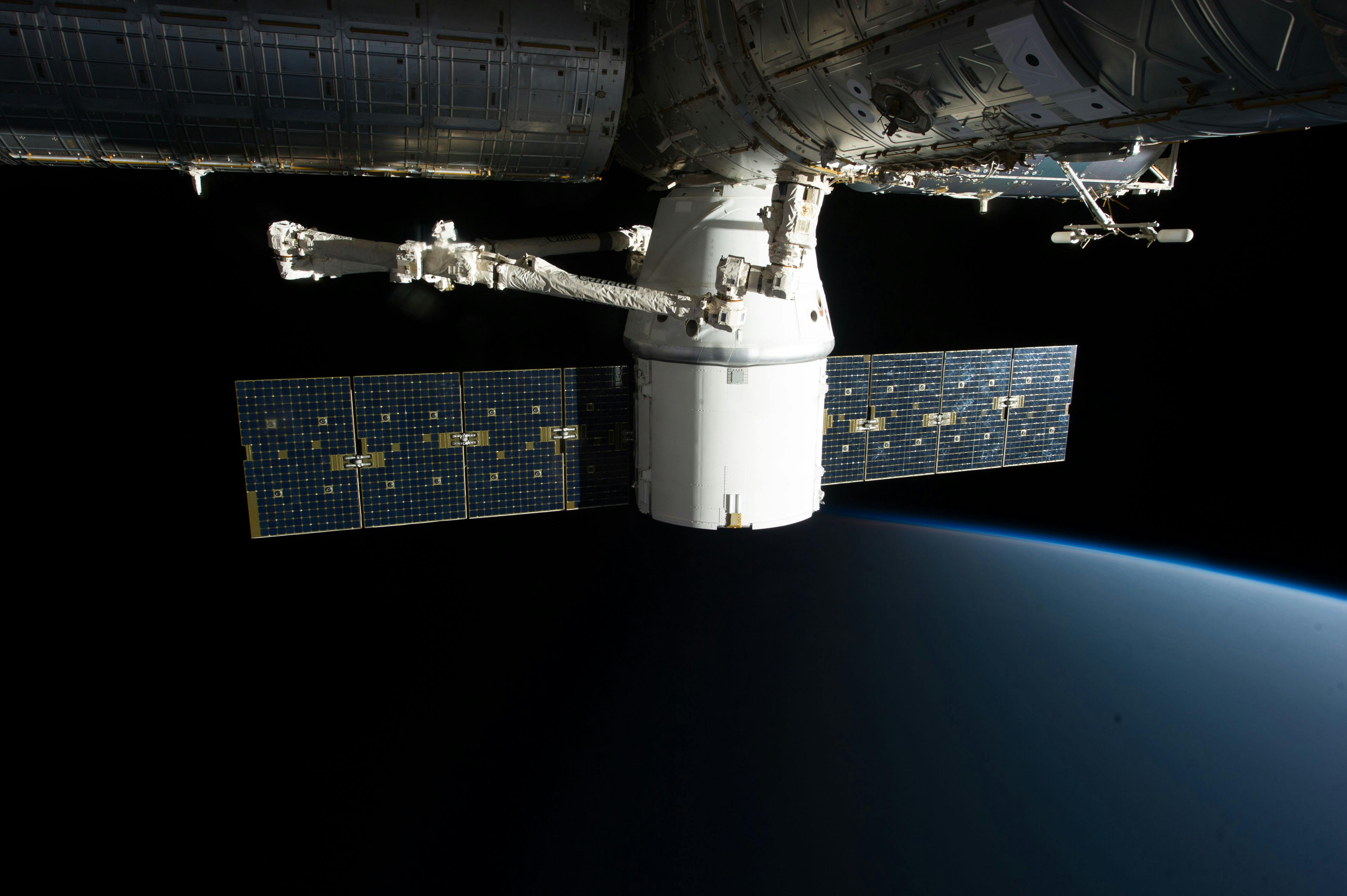
Starlink from Elon Musk’s Space X mega constellation of ultrafast broadband satellites in Low Earth Orbit have revealed the progress they’ve made so far in improving the latency performance.
Their goal is to deliver a service with a stable 20 millisecond median latency and minimal packet loss.
Starlink LEO Satellites
At the moment, Starlink have a network of 5,289 LEO satellites. They orbit the Earth at an altitude of around 500km.
SpaceX Starlink has approval to expand this number to approximately 7,500 satellites by the end of 2027.
What is the Cost of Starlink Satellite Broadband?
For UK customers, costs start at £75 per month. There is an additional cost for the £449 regular home kit which includes a standard dish, router and relevant kit. There is also a shipping fee of £20 on the Standard package.
By the end of last year, Starlink had a global network of 2.3 million customers (now at 2.6m). 42,000 of those customers were based in the UK (which is up from 13,000 in 2022). Most of these UK customers are based in rural areas.
Starlink Broadband Speed
The Standard Starlink broadband package promises download speeds of between 25 and 100 Mbps and upload speeds of 5-10 Mbps. It also offers latency times of 25-50 ms.
What About Latency?
Satellites in a Low Earth Orbit constellation are significantly closer to earth than GEO or GSO platforms. GEO satellites usually sit about 35,000 km away, whereas the LEO satellites, like Starlink, are only 500 km away.
This means that the signal for Starlink satellites only has to travel a relatively short distance, which is good when it comes to latency.
What is Latency?
Network latency is the amount of time it takes for a data packet to go from one place to another e.g. from your laptop or other device to a remote server and then back again.
The delay or time between the data packet going to the server and then back again is measured in milliseconds (1 second is equal to 1000 milliseconds).
Broadband connections these days will usually have an average latency of between 4 ms to 40 ms.
What can affect latency?
Latency can depend on many different factors for your individual connection, but in general terms, the faster score for latency (the shortest time) is always best.
These latency times can be affected, amongst others, by:
- The performance of remote internet servers
- The connection technology being used
- ISP network congestion
- Routing problems
- Network setup
Lowering latency is an important part of building a good user experience. Faster latency means:
- Fast-paced online multiplayer games are smoother
- Internet actions are more responsive
- Video calls experience less sync problems
- And much more!
What are Starlink’s Latency Improvements?
The Starlink satellite broadband network from Space X is slowly delivering improvements in terms of latency.
The latest update from Starlink claims that users around the world will have meaningfully reduced median and worst case latency.
Customers in the USA can benefit from a 30% reduction in median latency, going from 48.5ms to 333ms during peak times.
Worst case latency at peak times has also been reduced from 150ms to 65ms which is a 60% improvement.
And it’s not just the United States that are enjoying lower latency. Outside the USA, the median latency has been reduced by up to 25% and worst-case latencies have been reduced by up to 35%.
The stats are below if you want to take a look.
How do they measure Starlink latency?
Starlink’s latency is measured by operator who collect anonymous measurements from millions of Starlink routers every 15 seconds.
The median and worst-case latencies are calculated using these 15 second average latencies.
They look at latency across different time periods but focus on performance at peak times. This tends to be 6-9pm local time to the router, which is when the Starlink network is under the most load and the biggest number of people are connected.
Starlink’s Latency in 2024
Between January and March this year, monitoring and metrics have been added across the Starlink network in order to measure the latency on every subsystem down to the microsecond.
Their algorithms are programmed to prefer lower latency pathways, even if the difference is only small, to mitigate and remove as many sources of unnecessary latency as possible,
Software changes, additional ground infrastructure and the launch of more satellites are all being prioritised in order to continue to improve latency over the coming weeks and months,



